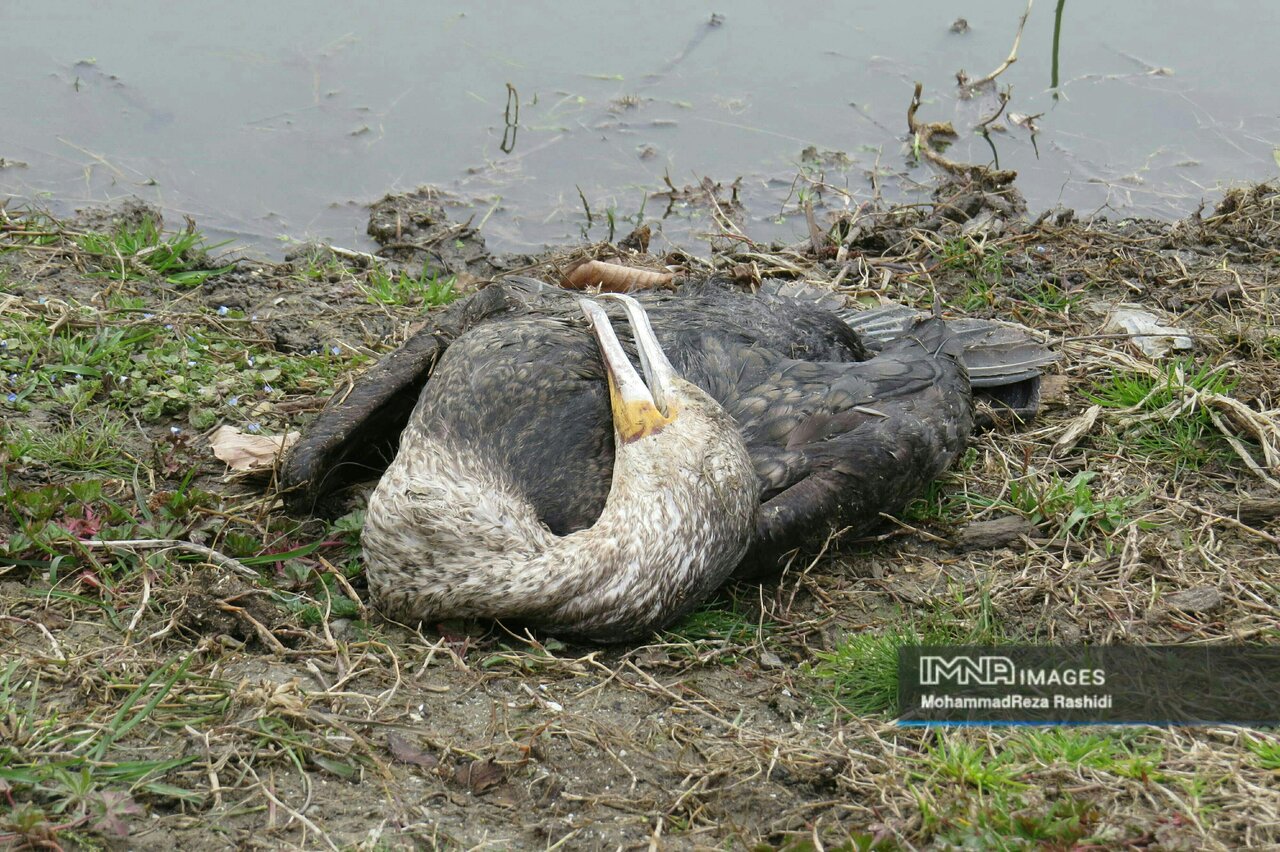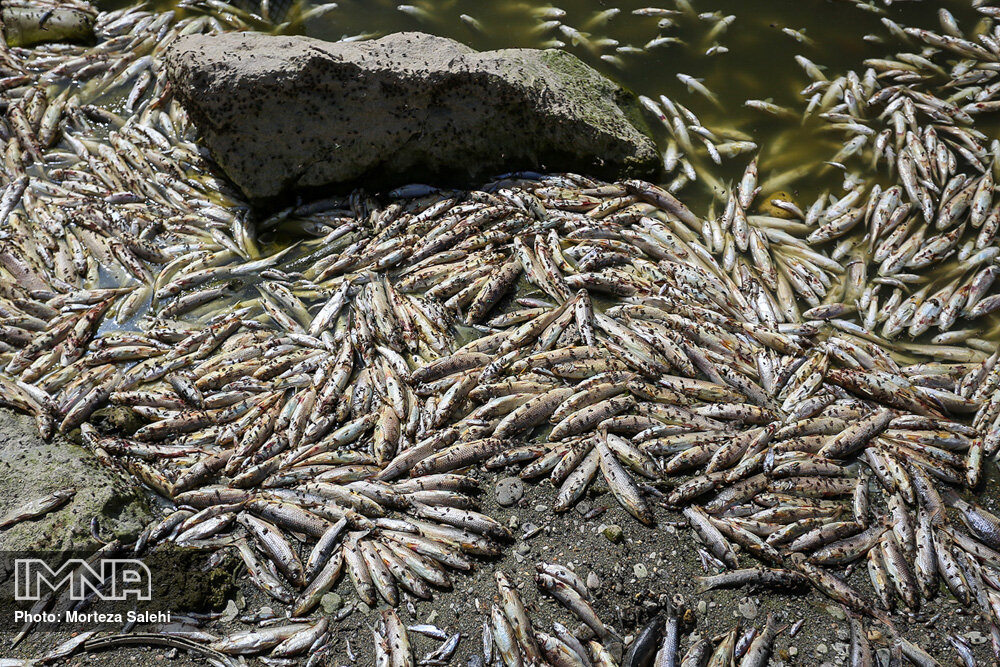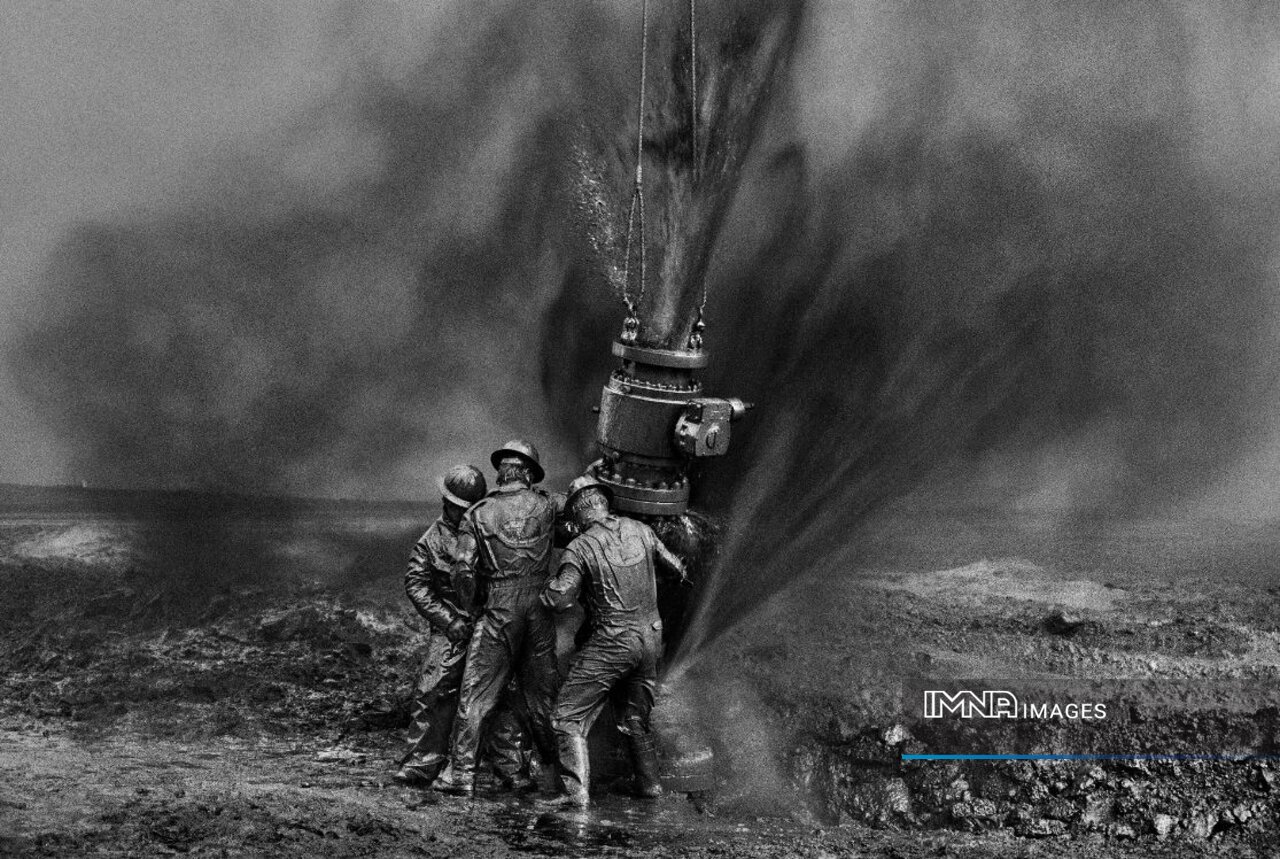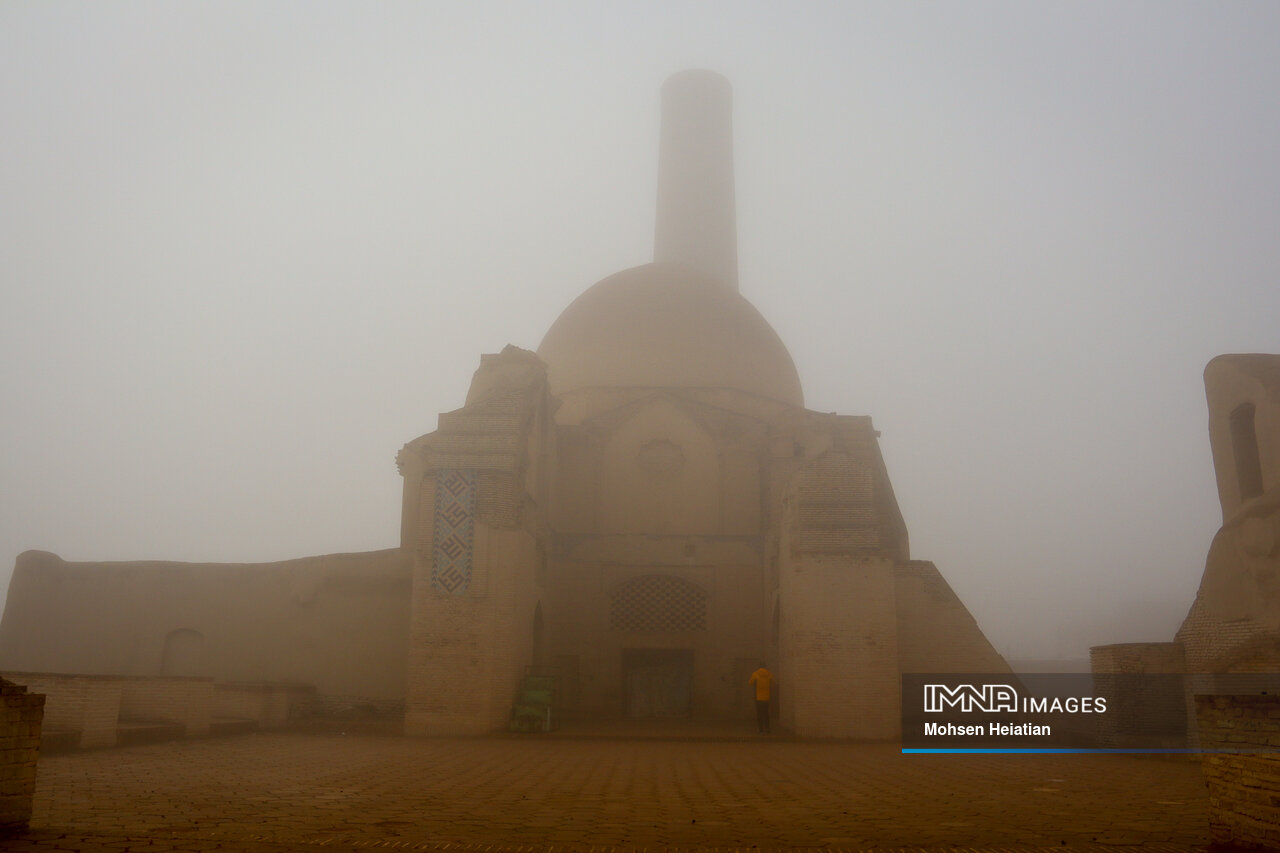Iran (IMNA) - Climate change is an issue that, at this threshold, is of obvious importance alongside war, terrorism, and poverty.
Anyone can capture environmental photographs while working as a journalist, landscape or wildlife photographer, investigator, conservationist, or simply for the love of photography, among other things. It's even better if your single image communicates a million words without the need for a caption.
A photojournalist's job is to take and share photos with the public in order to tell a visual story. They are professional journalists who are adept at interpreting and describing an event through a photograph. Pictures, to that extent, can frequently speak a thousand words.

Photojournalism is credited with being the first medium to depict societal concerns to a global audience. Indeed, since journalism became a commodity, many people's perspectives toward society have shifted as a result of its extensive commercialization. When photography was invented in the nineteenth century, it documented changes in human-nature relations, whether it was animals, plants, picturesque locales, magnificent landscapes, or human relationships with the environment. The art of a photographer investigates the increasingly intricate link between people and the environment.
Even though photojournalism is a very old profession, it has never been more important to document environmental changes because, through seeing these images, people are becoming more and more aware of the dangers that global warming poses to biodiversity, populations, and wildlife.

An environmental photograph is one that captures the natural world, its issues, and the scenes that take place within and around it. However, with increased environmental exploitation, photographers are making it a point to convey both the beauty and the evil side of our planet. Environmental photography is most commonly used to enlighten and educate people about how their actions influence the environment. It is critical to conservation efforts and one of today's most important issues, climate change. Because of its diversity, it contributes to bringing the world's daily concerns to the attention of people all around the world.
The only way to view what is going on behind our doors when we are all cooped up in our homes and flats often involves the efforts of journalists and photojournalists. Unconsciously, we also become more mindful of the environmental changes our planet is experiencing as we avoid and escape with the images we view on our technological gadgets.

With social media, images may sometimes influence people more than words. The reader will probably browse through to read more about an image if it catches their attention. As viewers, we are enthralled by pictures that go beyond what we can see from our windows. By taking quick pictures, photojournalists provide us with a peek into how the world is changing.
Photographers aim to make a contribution to the news and media and participate in public conversation. Their images may be crucial in environmental discussions. Numerous illustrated cover stories had an impact on global environmental debates, such as Chris Jordan's more recent albatross series and Eugen W. Smith's iconic study of fishing families fighting to stop toxic mercury effluents from a chemical plant in the early 1970s in the Japanese city of Minamata. Other notable illustrated cover stories include Sebastiao Salgado's photographs of burning oil wells in Kuwaiti deserts, which documented the environmental catastrophe and aftermath of the Iraq War in 1991.

After all, in comprehending today's rhetorical and intense visual era, photographers and their visual imaginations play an authoritative role. Environmental photojournalists might gain from environmental historians' expertise in terms of both the long-term patterns of human interaction with nature and the historical context of environmentalism, which they themselves are a part of. On the other hand, environmental historians should constantly pay special attention to how photographers portray and record the environment since it offers a rich historical source of evolving attitudes and intensifying disputes.
It is more crucial now than ever for photojournalists to contribute to halting the tide of climate change, ocean pollution, and the destruction of vulnerable natural habitats as the world gradually becomes more aware of the devastating effects of human civilization on the environment.



Your Comment